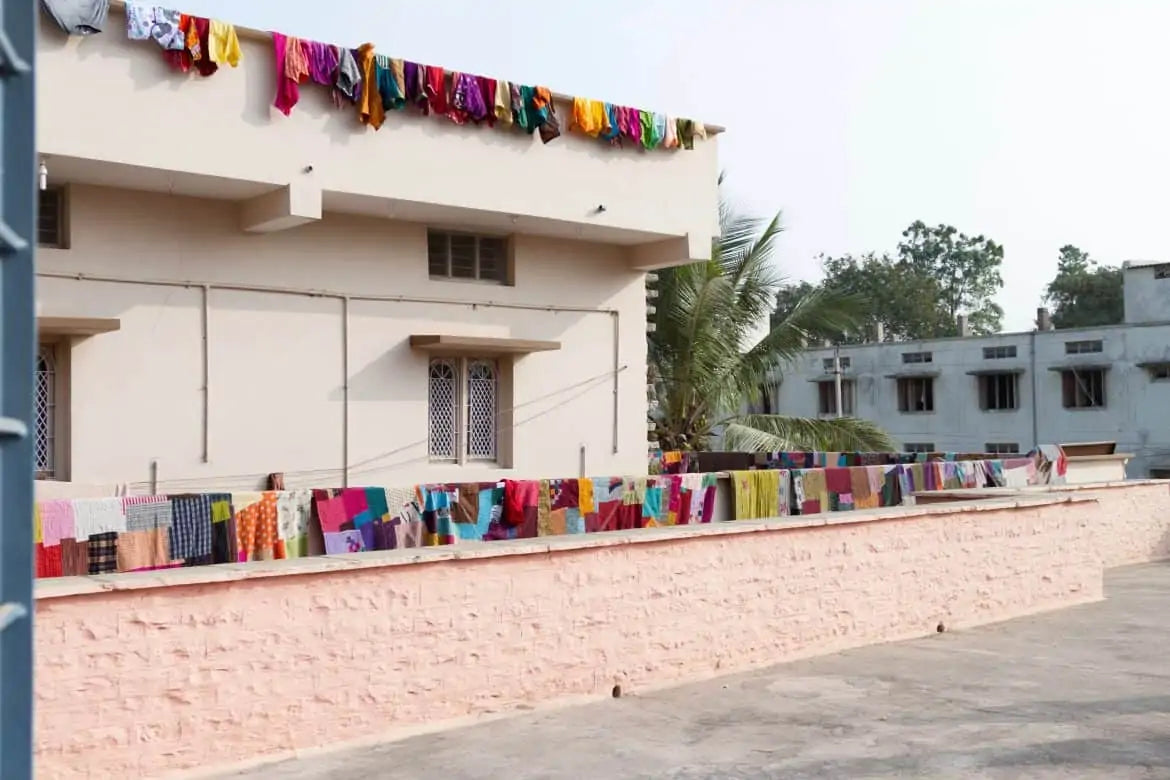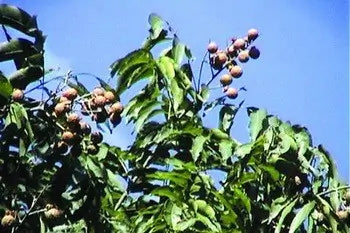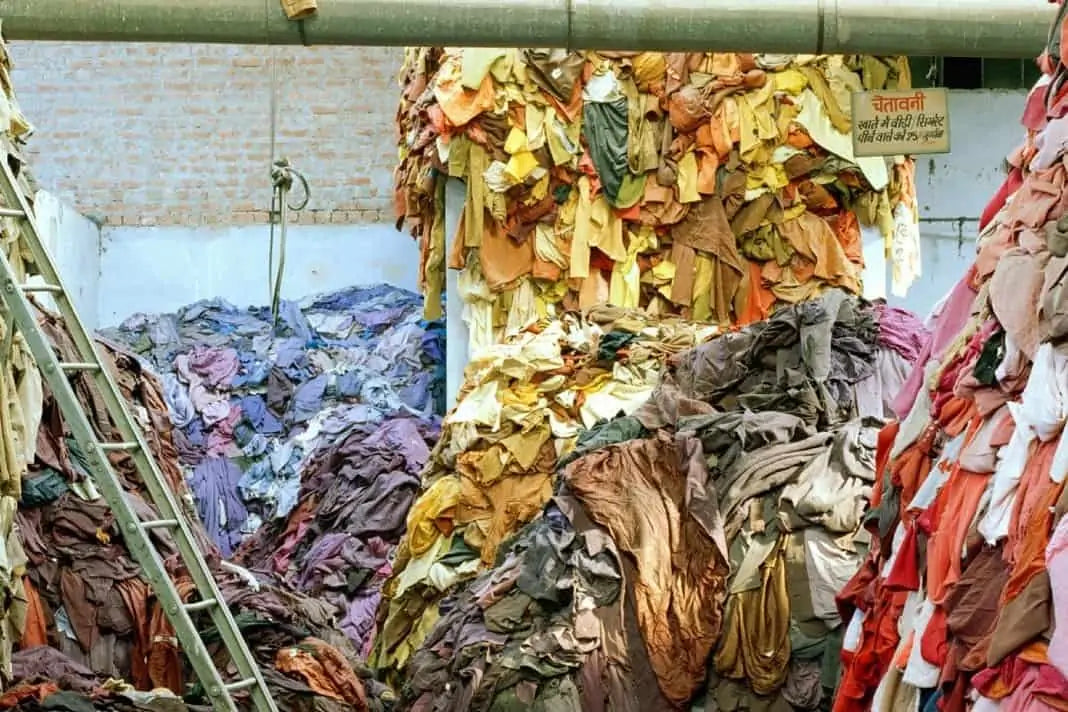circular wardobe (part 2/5): upcycling properly

Welcome to part 2 of our blog post series: “Redesigning your wardrobe”!
Now that you have found some great new clothes, no matter how you did it (How?? Click here for Circular Wardrobe, Part 1 “SHOPPING RIGHT” ), you will definitely want to take good care of them so that you can wear them for as long as possible.
We live in a society where cleanliness and a good smell are very important. So we wash and wash, preferably with fabric softener to give our laundry an even fresher smell. Unfortunately, this is neither good for our clothes nor for the environment.
We've asked around a bit and here are a few tips for you on how you can wash in an environmentally friendly and inexpensive way with little effort, without having to forego fresh clothes:
Wash less!
Always smell your worn clothes a second time before putting them in the wash. Hang them up to air; this is often enough to give them a fresh smell. Materials such as wool and silk in particular appreciate infrequent washing and will thank you with a long life. If you do have to wash them, it is best to do it by hand or on a low setting such as the wool/silk program.
In general, washing is often done at temperatures that are far too hot. This uses an unnecessary amount of energy and water. Separate your laundry and consider whether something really needs to be washed at 60 or 90 degrees. Your jeans would rather spend a few hours in the freezer to get rid of their bacteria and at the same time retain their color better. The fair and sustainable jeans label "Nudie Jeans", for example, swears by not washing trousers at all for the first six months. This way they adapt perfectly to the body and a unique imprint is created naturally.
Use environmentally friendly detergent
For the motivated among you, we have selected a page that will guide you on how to MAKE YOUR OWN DETERGENT .
Our favorite, however, is the Indian soap nut:
Simply put the required amount of soap nuts in a small cloth bag, place it on top of the clothes in the washing machine and you can start the wash cycle. Unlike conventional detergents, soap nuts are free of chemicals such as solvents, fragrances, preservatives and brighteners. This means that soap nuts are kind to the environment and are also particularly kind to the skin. Your laundry will then be odorless and you won't need to use fabric softener. If you would like to give your laundry a scent, you can simply put a few drops of essential oil on the clothes before washing.


When washing at 60 degrees, it is recommended that the nuts be used only once. At 30 - 40 degrees, however, the same nuts can be used 2 - 3 times. During our research for this article, we also discovered that soap nuts are also available in LIQUID VERSION . If you have difficulty with soap nuts, you can of course also use organic detergent to find a good compromise.
The general rule is: whether you use soap nuts or not, organic or not, your laundry won't get any cleaner if you add more detergent. Be economical with the wash cycles, it's good for your wallet and the environment!

ADDITION: Indian soapnut vs. local soap chestnut
We received very positive and constructive feedback from readers on the first two parts of our blog post series. Thank you very much for that!
For example, we received the helpful and thoughtful advice that there is an even more ecological, cost-effective alternative to the Indian soap nut: the soap chestnut! The reason for this is that the demand for the Indian soap nut has been so high for several years that there are now shortages in India itself. With the high international demand, the price has risen so much that it has often become unaffordable for the local population. Only a few locals can and want to use the ecological product.
The soap chestnut can be bought regionally, fairly, ecologically and financially sustainably on our next walk! It also contains saponins and is therefore ideal as a detergent. So let the people in India continue to use their regional soap nuts and we will take ours!
Here you will find INSTRUCTIONS on how to make your own chestnut detergent.
As a further point, as a supplement to our series of blog posts, we would like to draw your attention to an informative INTERVIEW about the most sustainable materials, conducted by Loveco.



